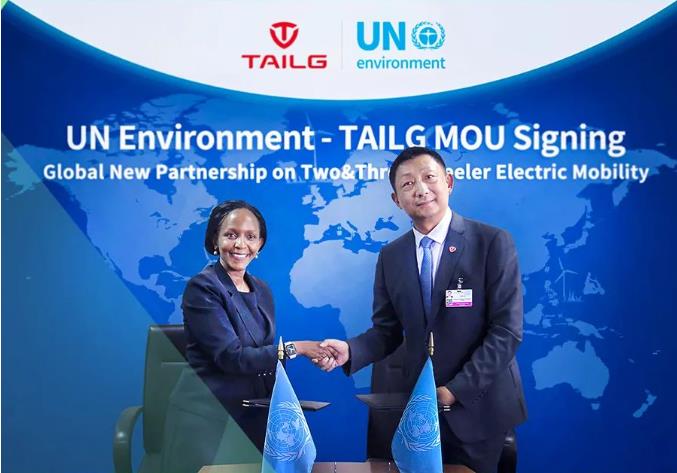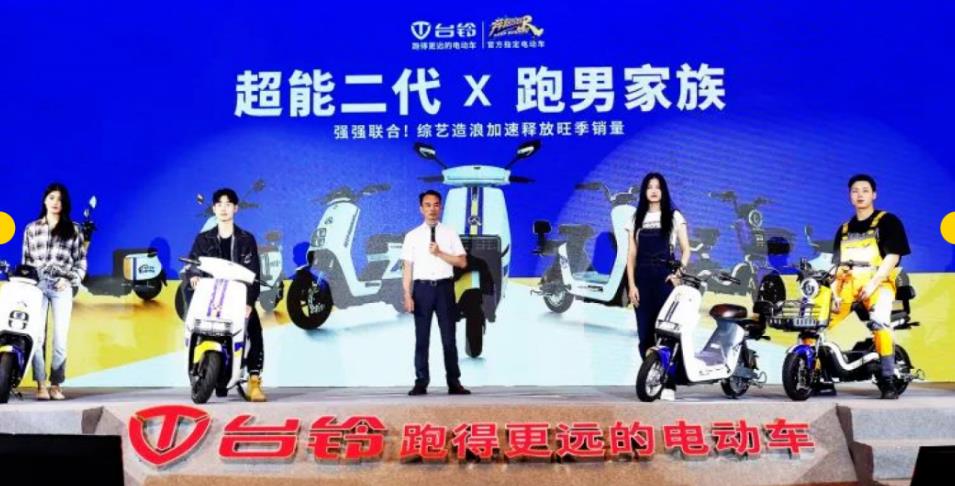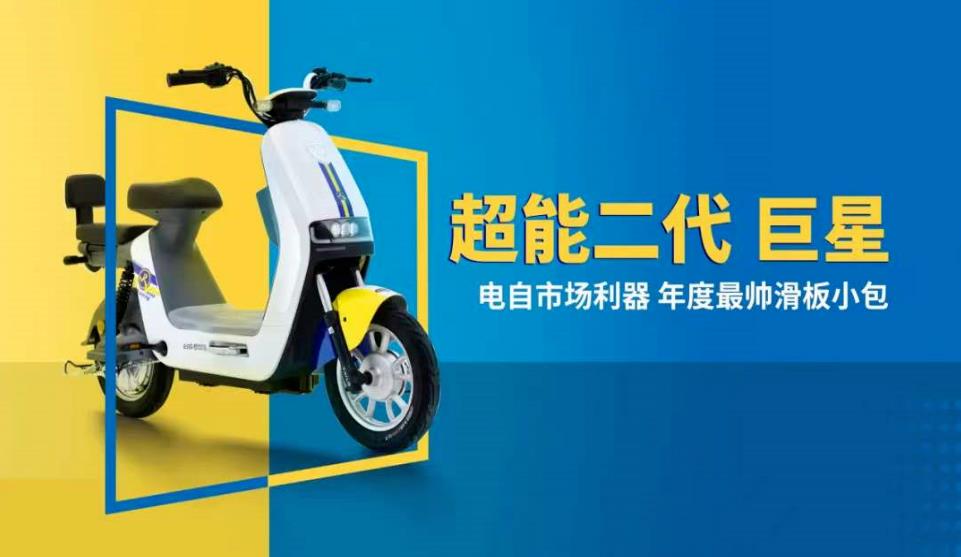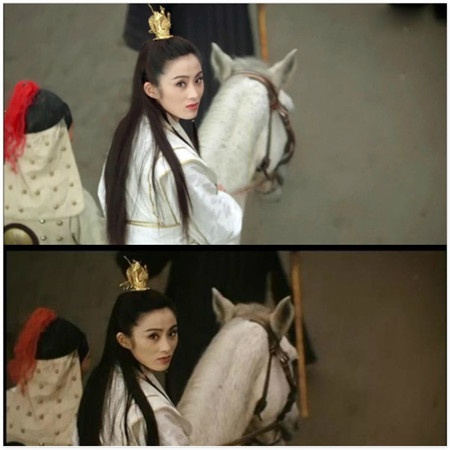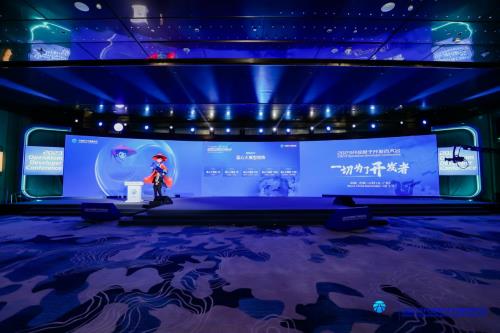On the morning of January 20, Yuanwang 6, which successfully completed the 26th and 27th Beidou navigation satellite maritime monitoring and control missions, docked at the wharf of the China Satellite Maritime Monitoring and Control Department, which also means that the China Satellite Maritime Monitoring and Control Department has started a new year of work.
The "Yuanwang" survey ship is known as the "Maritime Science City". In 2017, the "Yuanwang" fleet successfully completed 11 maritime measurement and control missions. Here, the Science and Technology Daily reporter saw that the "star chasers" in the Maritime Science City chased their dreams in the ocean and built their dreams in space, and used practical actions to write a chapter for the realization of the "space dream".
Gold Operator Hu Jinhui: Ocean Holding Star "First Person"
A basin of clear water, a ping-pong ball, a pair of chopsticks – a game was going on fiercely. The swell lashed violently against the side of the boat, the hull swayed, and the ping-pong balls in the water flipped non-stop. In the flash of lightning, a pair of chopsticks firmly clamped the ping-pong ball.
"It’s Hu Jinhui again!" The onlookers cheered. Hu Jinhui – Yuanwang No. 6 ship measurement and control technician, the main operator of a certain type of measurement and control radar.
To measure and control space targets at sea, the operator is first required to track the target quickly, accurately and stably. The task of the radar operator is to use the radar to track and capture the target at the first time, which is directly related to the success or failure of the maritime measurement and control mission. They were the first to see the satellites in the sky on the ocean, so they were called the "first people" in the ocean to lead the star.
"Playing this small game is not only for entertainment, but also to exercise the radar operator’s eyesight, wrist strength and arm strength." Speaking of professionalism, Hu Jinhui gushed, "The electromagnetic wave interference on board, sea level refraction interference, etc. will all affect the capture target. How to eliminate interference and quickly capture the target requires the operator to have keen observation. The left hand controls the’orientation ‘and the right hand controls the’pitch’. The combination of the two is equivalent to drawing circles with one hand and drawing squares with the other. In order to accurately control the equipment, the operator’s hands need to be extremely skilled and closely coordinated…"
During a mission, the target appeared more than ten seconds in advance, the sky was still raining, and the target kept flashing and jumping, making it difficult to capture. Hu Jinhui was stunned, his head was blank, his palms were sweaty, and his calves were trembling. After the initial tension passed, he forced himself to calm down, find the predetermined track, and quickly captured the target with the stunt he had practiced for many years.
In 2011, Shenzhou VIII and Tiangong-1 were rendezvous and docking in space for the first time. Yuanwang VI needed to track the spacecraft 100 laps. 100 laps, laps are all tests. The sea conditions are poor and the tracking time is long, and both physical and psychological are subject to multiple tests. In this protracted battle, Hu Jinhui and his team successfully completed the mission. In 2013, when performing the mission, in the face of unprecedented severe sea conditions, he and his colleagues carefully tested and maintained the equipment, and finally achieved "zero failure" of the radar antenna. The tracking accuracy of the circle meets the requirements of the index…
Since boarding Yuanwang, Hu Jinhui has successfully completed more than 50 missions. Hu Jinhui said: "My dream is to keep working in my post and do my best to contribute to the aerospace industry."
The new crew of Dr. Tian UK: giving the professional group the wings of efficiency
Rich theory and lack of practice, plump ideals and cruel reality, the two encounter, so that the new crew of the Yuanwang No. 6 ship, Tian Yingguo, was severely slapped in the face as soon as he got on the ship.
The first time he went to sea, he went to the harsh Indian Ocean, and the seasickness that was already commonplace to others made him complain.
The first time he was on duty, unfamiliar equipment, numerous circuit diagrams, and complex signal flow charts kept him in a hurry.
The first time he was on a mission, sitting behind the monitoring desk, the tense atmosphere and rigorous process made him, who was responsible for a tiny part of the satellite launch mission, feel his own insignificance and the glory of his mission.
Difficulties always have to be overcome. Learn from the basic principles, start from the basic operation, actively communicate with the post master if you don’t understand, and work overtime to make up lessons if you don’t understand. After the foundation was firmly established, Tian Yingying made rapid progress. In just two months, he had become proficient in a series of operations such as theodolite star measurement and deformation point detection, and understood the principles, becoming a qualified optical post technician.
After successfully passing the apprenticeship period, he did not stop his research. Taking charge of equipment is a basic requirement for every position, and Tian Yingying set himself a higher goal – to find out the equipment is insufficient and correct it.
When performing offline data comparison on two different types of inertial navigation equipment at one time, he found that this manual comparison mode was time-consuming and labor-intensive, and the operation steps were cumbersome. The accuracy and timeliness were also highly susceptible to human factors.
Why not give full play to his strengths and use automated software instead of manual scientific comparison? For Tian Yingying, who has been working on software data processing in the laboratory for a long time, everything seems to be a natural fit. After consulting data, discussing and analyzing, optimizing algorithms, and integrating interfaces, in repeated attempts and explorations, he successfully developed the "offline comparison software for a certain type of inertial navigation data of the surveying ship". This software was successfully run for the first time, reducing the comparison time from more than 10 minutes to 4 minutes, and the comparison accuracy was greatly improved.
In just 100 days after boarding the ship, the new crew member Tian UK developed nearly 10 small software, including theodolite star measurement optimization software and ship elevation calculation software, which gave the professional team the wings of efficiency and made maritime measurement and control more accurate.
System Engineer Lei Guojian: The land-sea relay looks at the "China Star" from a distance
Lei Guojian, who had been longing for the sea since he was a child, came to work on the "Yuanwang" after graduating from college in 2008. Unexpectedly, he was assigned to the Yuanwang No. 2 ship, which was about to retire from the maritime measurement and control line. "Although Yuanwang No. 2 ship has outstanding merits, the suspension of sailing means that it cannot go to sea!" Lei Guojian was a little depressed.
It doesn’t matter if the ship doesn’t go to sea, people are the most terrifying if they don’t have the will to fight. Lei Guojian, who cheered up, took the satellite long tube task as a maritime measurement and control task and explored a new model of "manned, unattended". The staff was reduced from 6 to 2, and the long tube task of 16 satellites and more than 1,150 laps was successfully completed, which drew a successful conclusion to the measurement and control process of Yuanwang No. 2.
In October 2014, Yuanwang No. 7 ship officially started construction, and Lei Guojian was selected as the first batch of key personnel to go to the equipment development plant to start equipment and production learning and quality supervision.
He fought for more than 600 days and nights in a row and traveled to more than 10 cities. He participated in the review of more than 250 equipment design drawings, found more than 20 errors in the drawings, solved more than 50 equipment problems, and firmly held the key to equipment quality control. He made great contributions to the smooth completion of Yuanwang No. 7 ship’s measurement and control equipment and the rapid formation of measurement and control capabilities.
In May 2016, there was a problem in the first comprehensive exercise of the whole system and full staff after the construction of Yuanwang No. 7 ship – the signal flashed out! However, from the transmitter to the receiver, from the cable to the plug, from the hardware to the software one by one, the crux was not found. Lei Guojian, who was familiar with the No. 7 ship, led the professional team to work overtime to investigate one by one. The problem was finally identified as an error in the transmission polarization method, which completely solved the major technical problems.
In the Shenzhou 11 manned flight mission, Yuanwang No. 7 was the first stick in the measurement and control of the land-sea relay. In an emergency when the target was about to enter the station, an equipment fuse blew and an alarm was issued. Lei Guojian made an emergency investigation and successfully located the faulty part, so that the equipment resumed normal work. Under the leadership of Lei Guojian, the professional team worked continuously for 20 hours, providing strong measurement and control support for the accurate orbit operation of the Shenzhou spacecraft. The professional group he led was rated as a "high-quality team" due to its excellent business ability and successful completion of the task. (Reporter
Zhang Qiang, Wei Long, Gao Chao, Yang Linhai)






